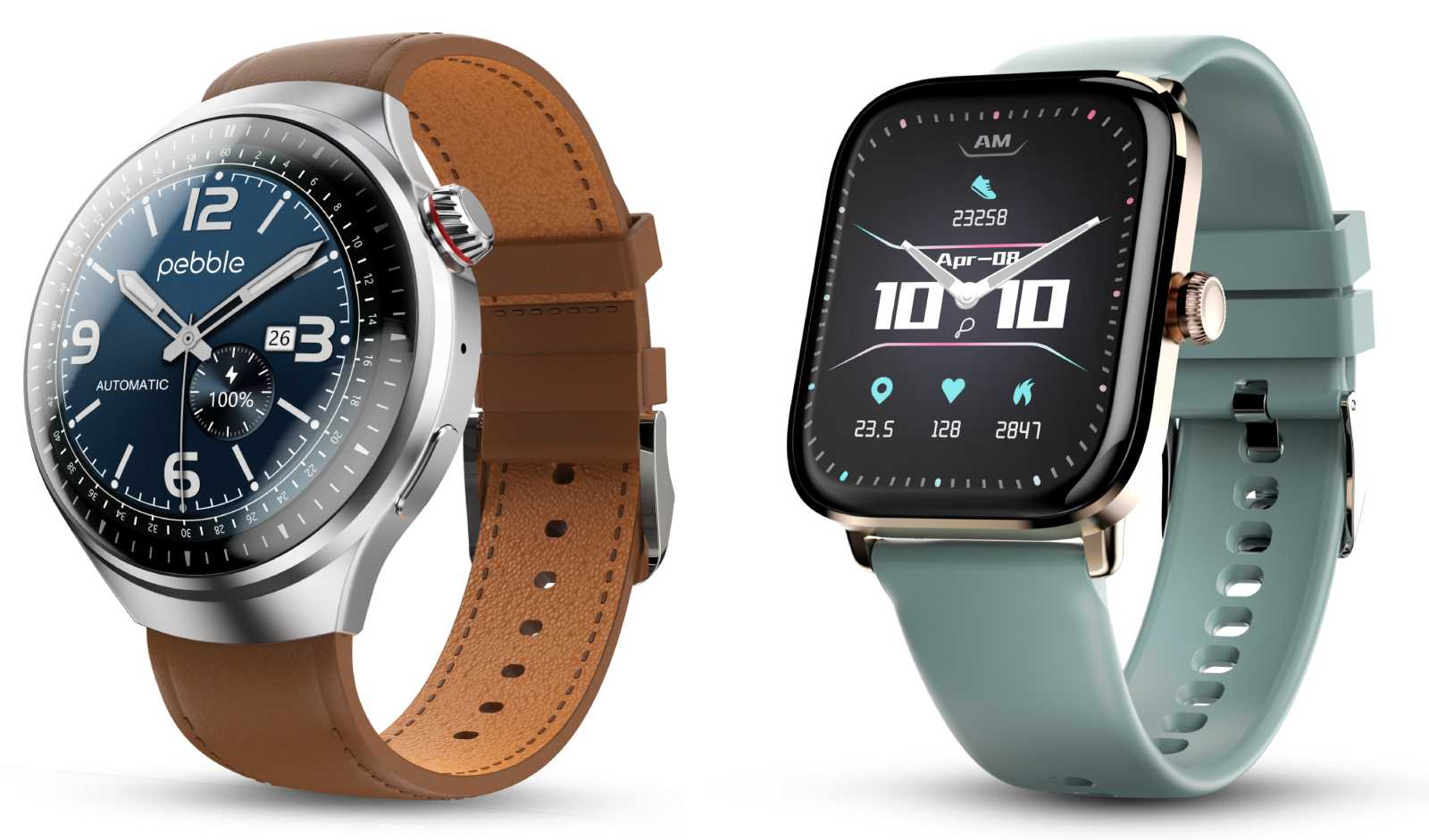Robotics and artificial intelligence (AI) are two sectors that are fast developing, advancing, and offering boundless possibilities for the future of humanity. Automation and artificial intelligence (AI) advancements have made it feasible to build robots that are incredibly fast and accurate at doing activities, from the most basic to the most difficult and demanding ones we face every day.
Is a new era approaching when humans will be replaced by more intelligent and powerful robots than ever before, given the convergence of these two technologies?
Even though robotics and artificial intelligence have long been discussed, their research and use have accelerated during the past 20 years. The myth that these machines will replace us in our work has been dispelled.
Rather than replacing humans, robots and AI help us accomplish more tasks more quickly and accurately than we could on our own. We can now build computer systems that can learn and adapt over time because to advancements in AI. The use of Alexa, Siri, Google Assistant, and other comparable technologies has grown widespread in our day-to-day interactions with machines and artificial intelligence.
Recognizing AI and Robotics
While learning about robotics and artificial intelligence might be difficult and complex, it can also be a fascinating chance to investigate the bleeding edge of technology. The fields of robotics and artificial intelligence (AI) are developing quickly, with new developments occurring daily as these technologies offer a glimpse into the automation and future of human-computer interaction.
Despite the fact that most people consider robotics and artificial intelligence to be synonymous, the two are separate disciplines. A branch of computer science and engineering called robotics studies the design and programming of machines to carry out activities autonomously without human intervention. On the other hand, artificial intelligence (AI) refers to systems that mimic the ability of the human mind to learn, solve issues, and make decisions on their own without requiring preprogrammed instructions.
The field of robotics has existed for hundreds of years. Still, engineers didn’t start creating robots that resembled humans and could walk around in a controlled environment until the middle of the 20th century. Numerous industries, including industry, healthcare, space exploration, and autonomous cars, use robotics today. Understanding the fundamentals of AI technologies is crucial to comprehending how different machine learning methods, including networks, fuzzy logic, and deep learning, are used to program computers to behave intelligently.
Towards the Future
Even if technology and innovation are at the core of everything we do, the future is already here, but there are still more applications for robotics and artificial intelligence to come. Among the domains are the following:
Manufacturing: As businesses start using robots in their factories and warehouses to increase productivity and cut costs, manufacturing is a promising field for robotics and artificial intelligence. Robots can also be employed in construction and mining, two industries where human workers may be in danger. In the meantime, AI may be a crucial component of consumer goods design and production by assisting engineers in developing new items that more successfully satisfy consumer wants.
Medicine: As technological advancements continue, robots are utilized to help surgeons with intricate and delicate surgeries as well as to provide patient care in hospitals and long-term care facilities. Artificial intelligence (AI) has the potential to enhance healthcare by analyzing vast quantities of data and spotting trends that could aid medical professionals and researchers in comprehending diseases including cancer, liver, kidney, and heart problems.
Business: There are a lot of advantages to using robotics in the workplace, including higher productivity. Businesses will be able to finish jobs faster and with fewer mistakes when they deploy robots to fulfill duties that human workers typically perform. Robots are already being used by several firms to deliver deliveries. Simultaneously, some restaurants are employing robots to handle operations like order fulfillment and burger flipping. Such innovations have the potential to increase productivity significantly, allowing organizations to maintain their competitiveness and make cost savings.
Why AI and Robots Will Rule Our Future
In general, two technologies that have a lot of potential for humanity’s future are robotics and artificial intelligence. Even while these technologies are still in their early stages of development, as more researchers look at their uses, we should expect to see even more advances in the years to come. Five reasons robotics and artificial intelligence will be a part of our future:
1.] They could make a big difference in our quality of life at home and in areas like education. The individualized learning process is being enhanced by humanoid robots. Additionally, robots connected to the cloud can perform household tasks like cooking and vacuuming.
2.] Many of the most important issues facing the globe today, like energy instability, climate change, and healthcare issues, can be greatly helped by them.
3.] Many of the boring, repetitive chores we currently perform on a daily basis can be automated with their help, freeing up time and energy for more creative endeavors.
4.] They also give us new instruments to better comprehend and preserve the environment we live in, enabling us to build a more sustainable future for present and future generations.
5.] They hold out the prospect of a society that is more just and equal, where everyone, regardless of circumstances or background, has the chance to realize their full potential.
In summary
Undoubtedly, robotics and artificial intelligence have the potential to completely change our environment and give us more confidence and hope as we navigate a swiftly evolving future. Emerging technologies are clearly here to stay and will only become more and more integral parts of our lives, whether we accept them or not.


